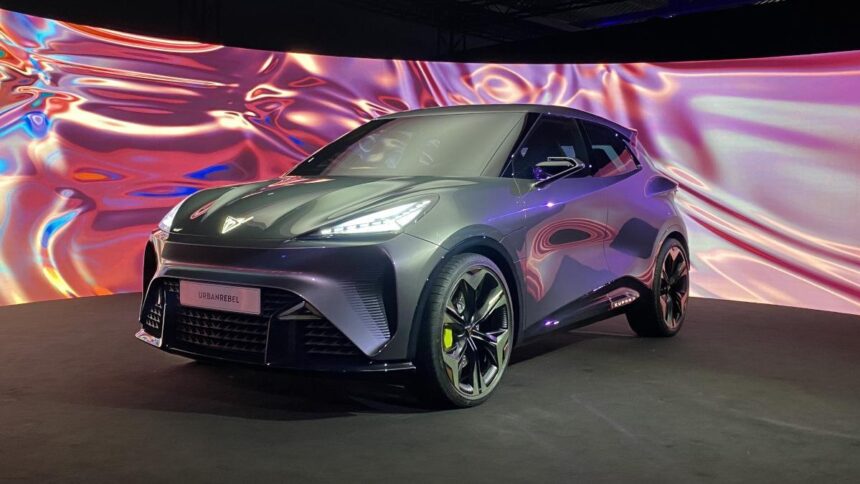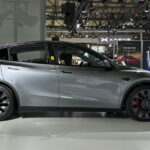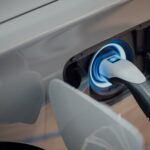SEAT, the Spanish automaker, is undergoing a transformation that may see it repositioned as a budget-friendly brand similar to Dacia. Despite this potential shift, the company is planning facelifts for its popular models such as the Ibiza, Arona, and Ateca in 2025, extending their lifecycles beyond the typical seven to eight years seen in the Volkswagen Group.
The SEAT lineup is also being streamlined, with the recent discontinuation of the Tarraco in 2024. While official plans for the brand’s future up to the 2030s are still pending, rumors suggest the introduction of a low-priced electric vehicle in 2026. It is crucial for SEAT to confirm these plans to avoid damaging resale values of current models and the brand’s overall image.
Despite these changes, SEAT reported its best financial results to date in August, with an operating profit of 406 million euros in the first half of the year. This success is attributed to the company’s two-brand strategy, which has proven effective in driving growth. Moving forward, SEAT S.A. aims to maintain this momentum and continue its progress.
On the other hand, Cupra, SEAT’s performance division, is gearing up for the production of the Raval, an electric crossover set to debut in late 2025. The Raval will be based on the Volkswagen Group’s MEB Entry platform and offer multiple battery pack options and motor choices to cater to different performance needs.
Additionally, Cupra is expected to introduce a high-performance variant of the Raval, likely named ‘VZ’, featuring dual motors and a powerful output. This model is set to rival the VW ID.1 GTI and cater to enthusiasts seeking a thrilling driving experience.
In terms of other models, the Formentor received a facelift in May, introducing new engine options including a 2.0-liter turbo and a PHEV powertrain. The Terramar, Cupra’s latest addition, offers hybrid power choices and shares its platform with the upcoming Audi Q3.
However, the Tavascan, another upcoming Cupra model, faces challenges due to the ongoing trade dispute between the EU and China. If resolved, the Tavascan is expected to have a successful run in both European and Chinese markets, with an electric version planned for the latter.
Looking ahead, Cupra has a lineup of future developments, including facelifts for existing models, a successor to the Leon, and a new electric crossover. The brand also plans to enter the US market with a large electric crossover and an electric version of the Formentor.
Overall, SEAT and Cupra are poised for an exciting future, with a focus on electrification, performance, and innovation to meet the evolving demands of the automotive industry.







